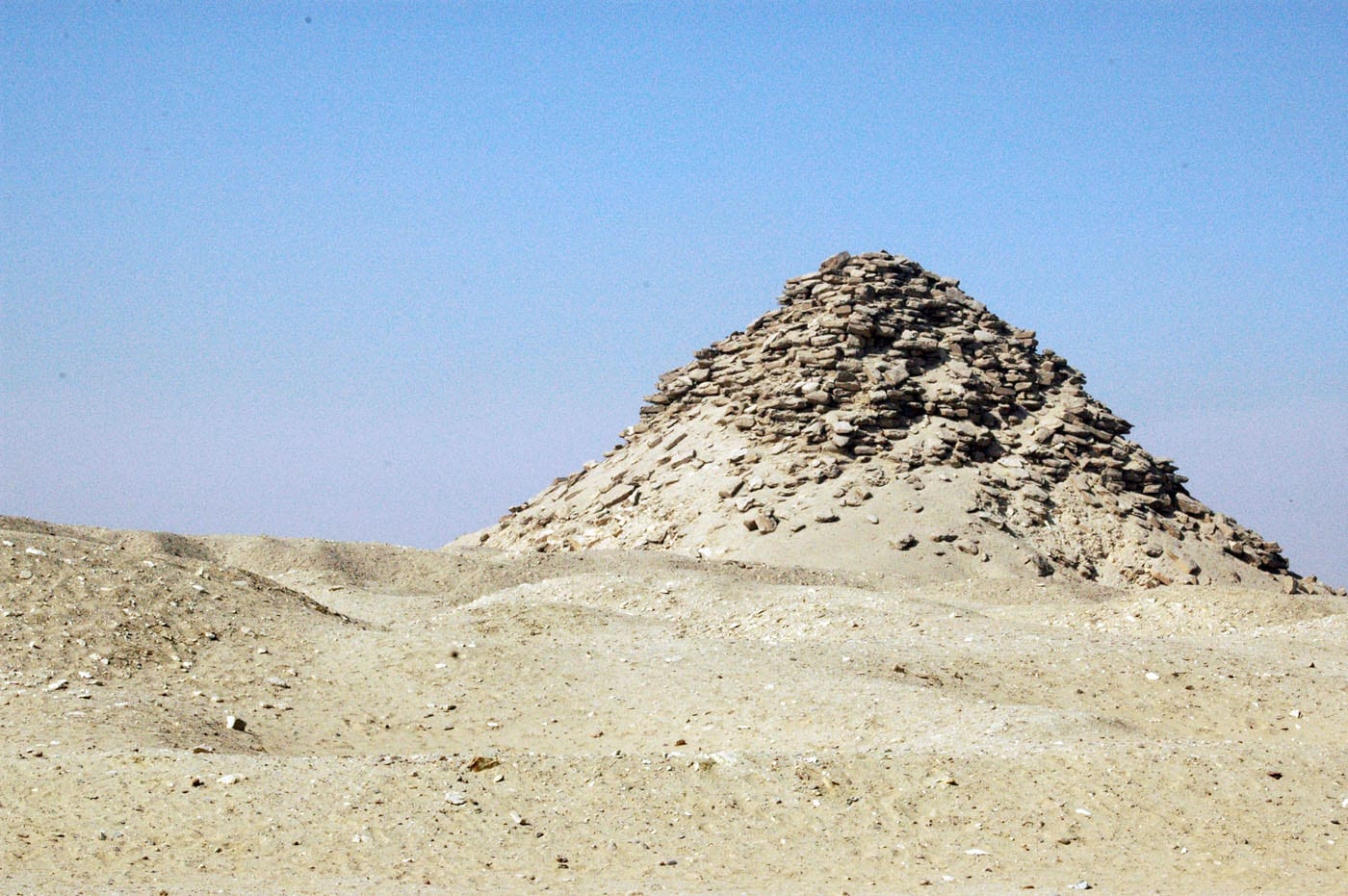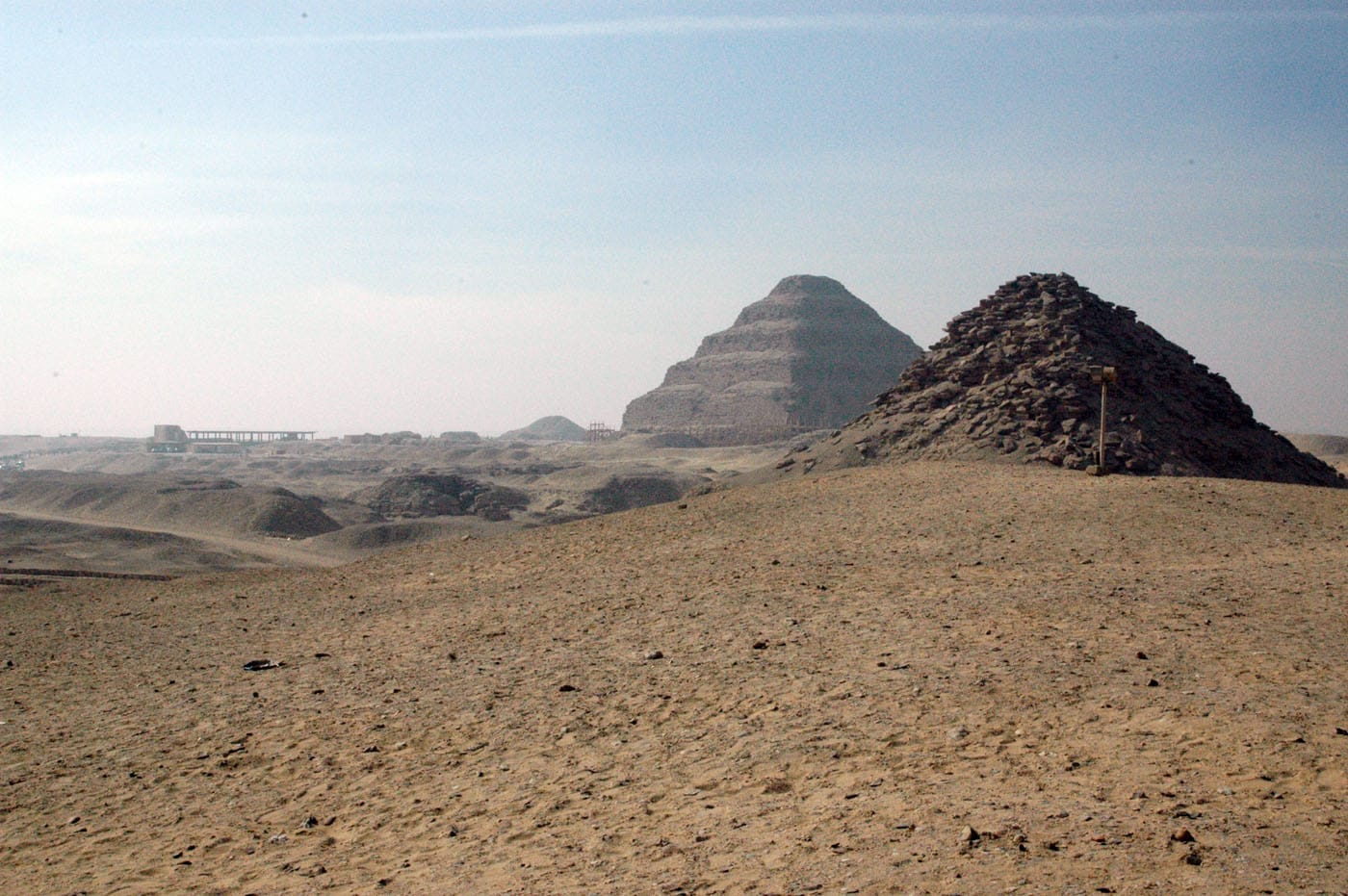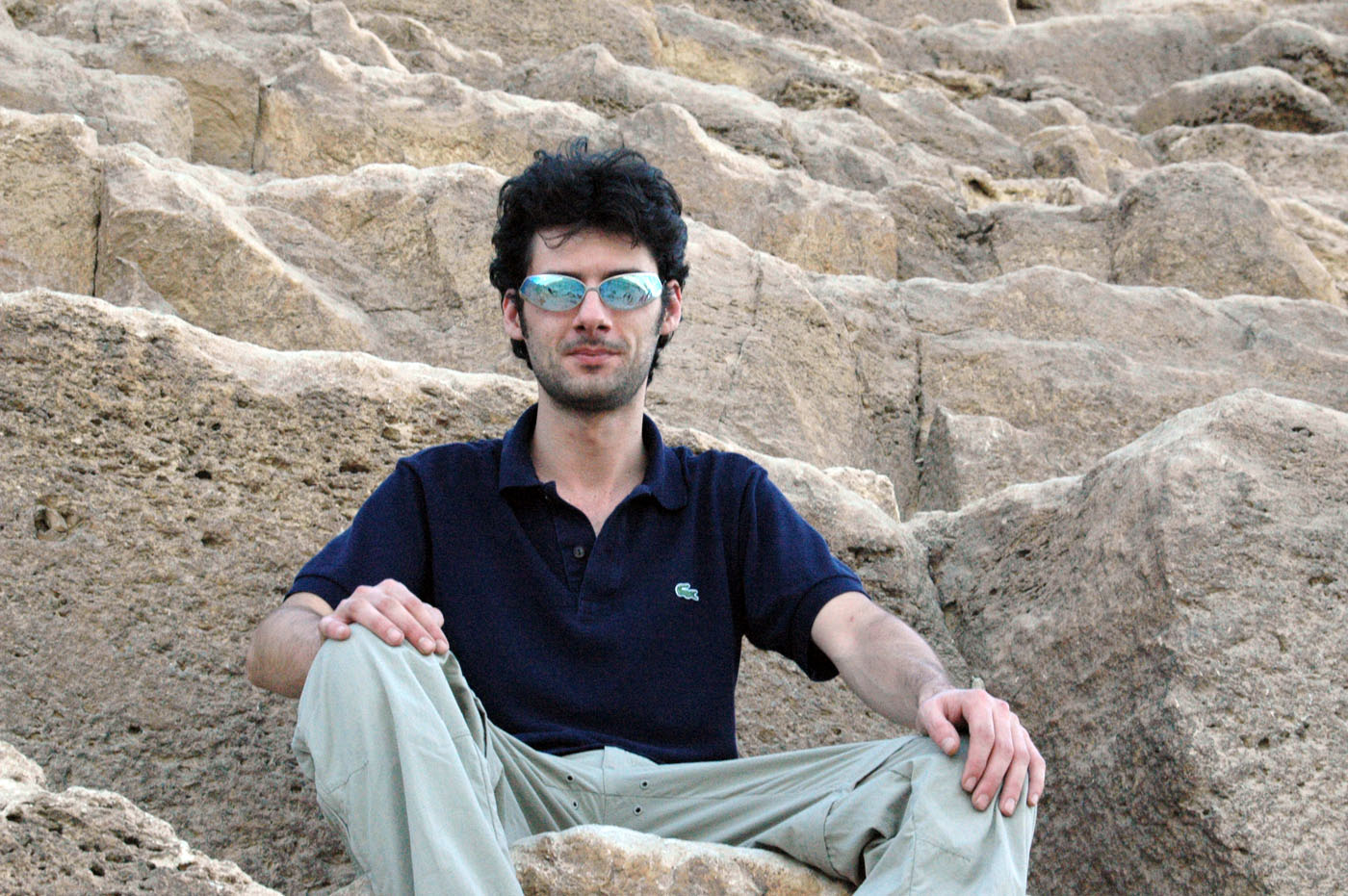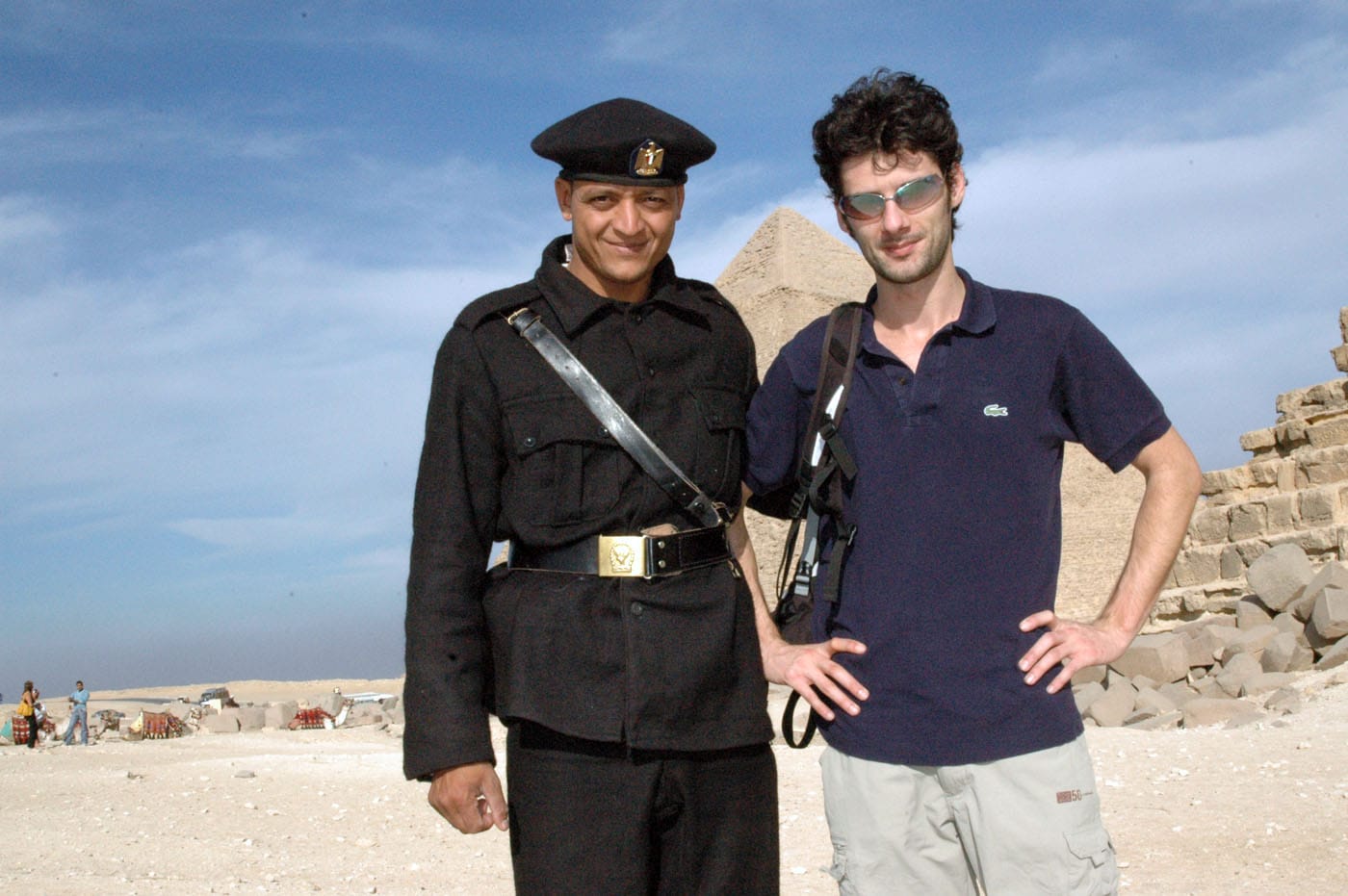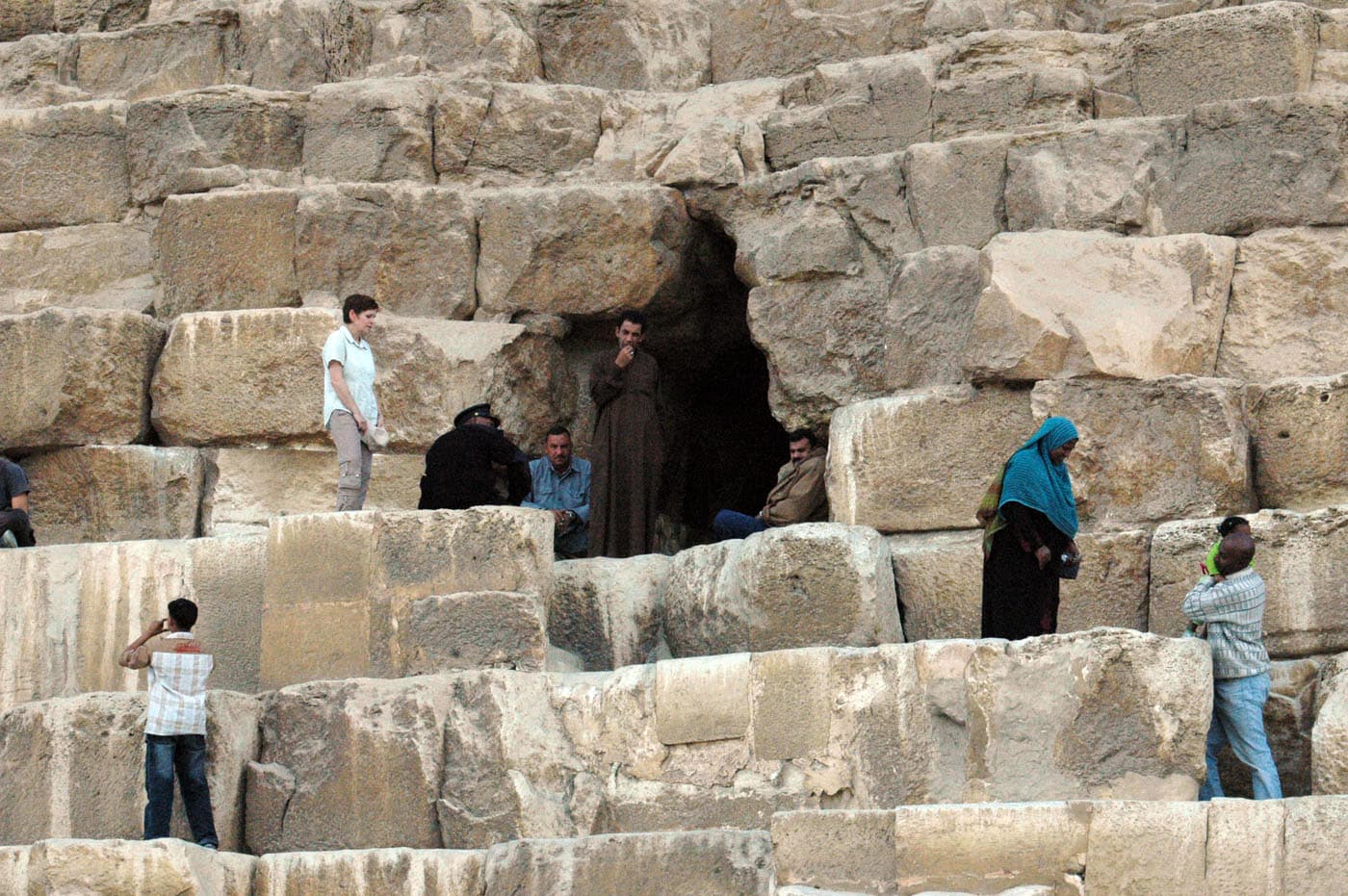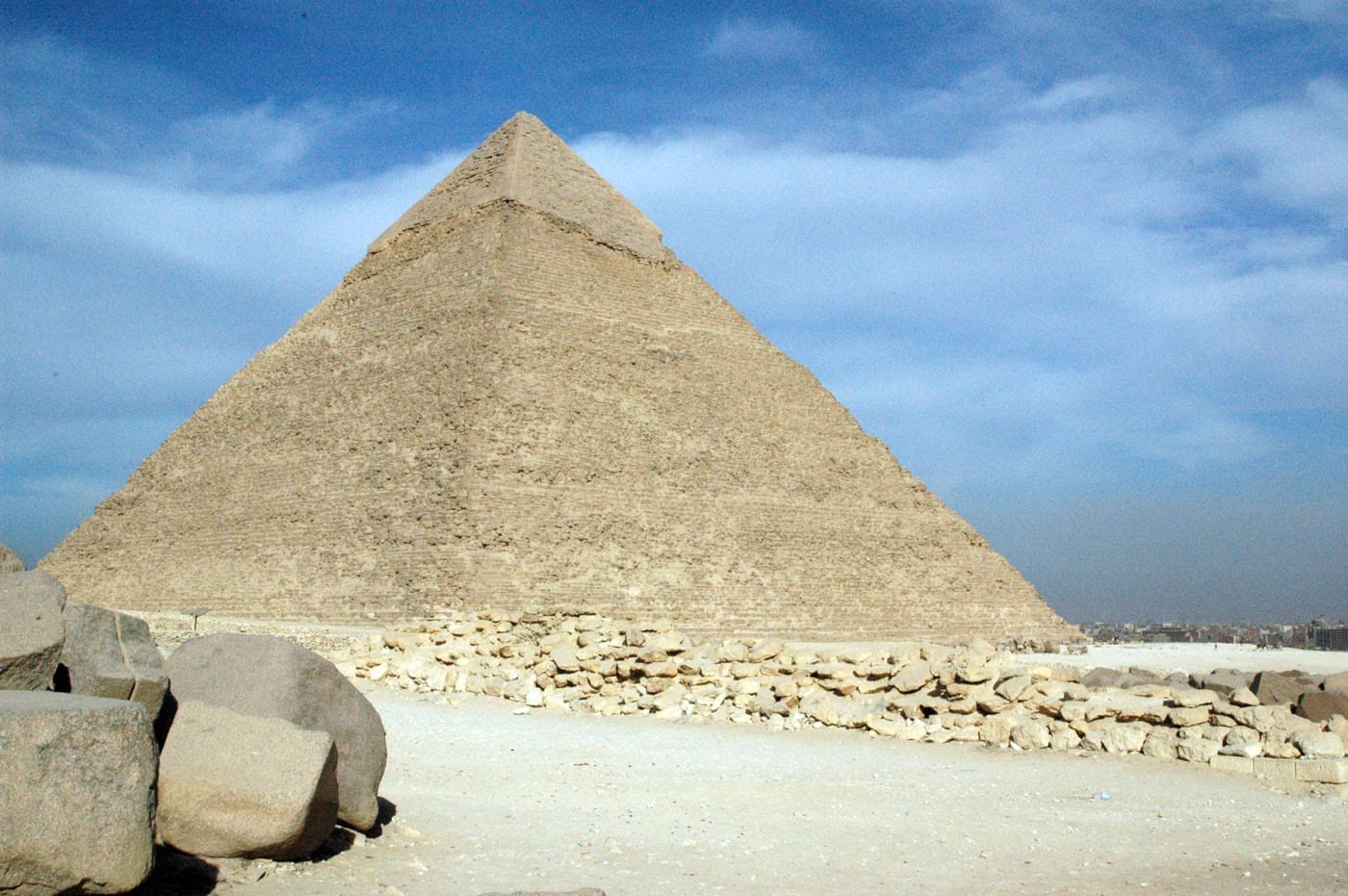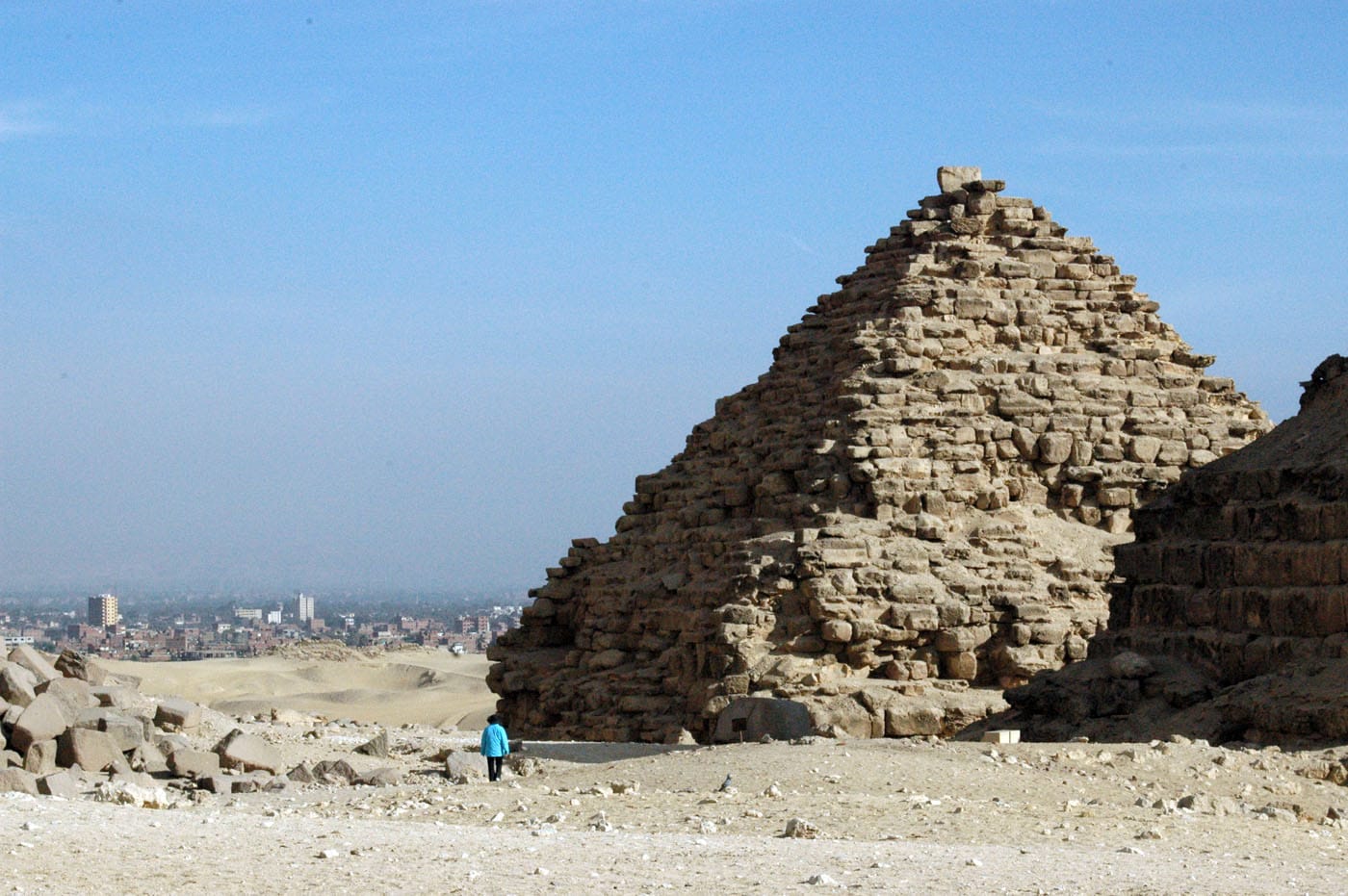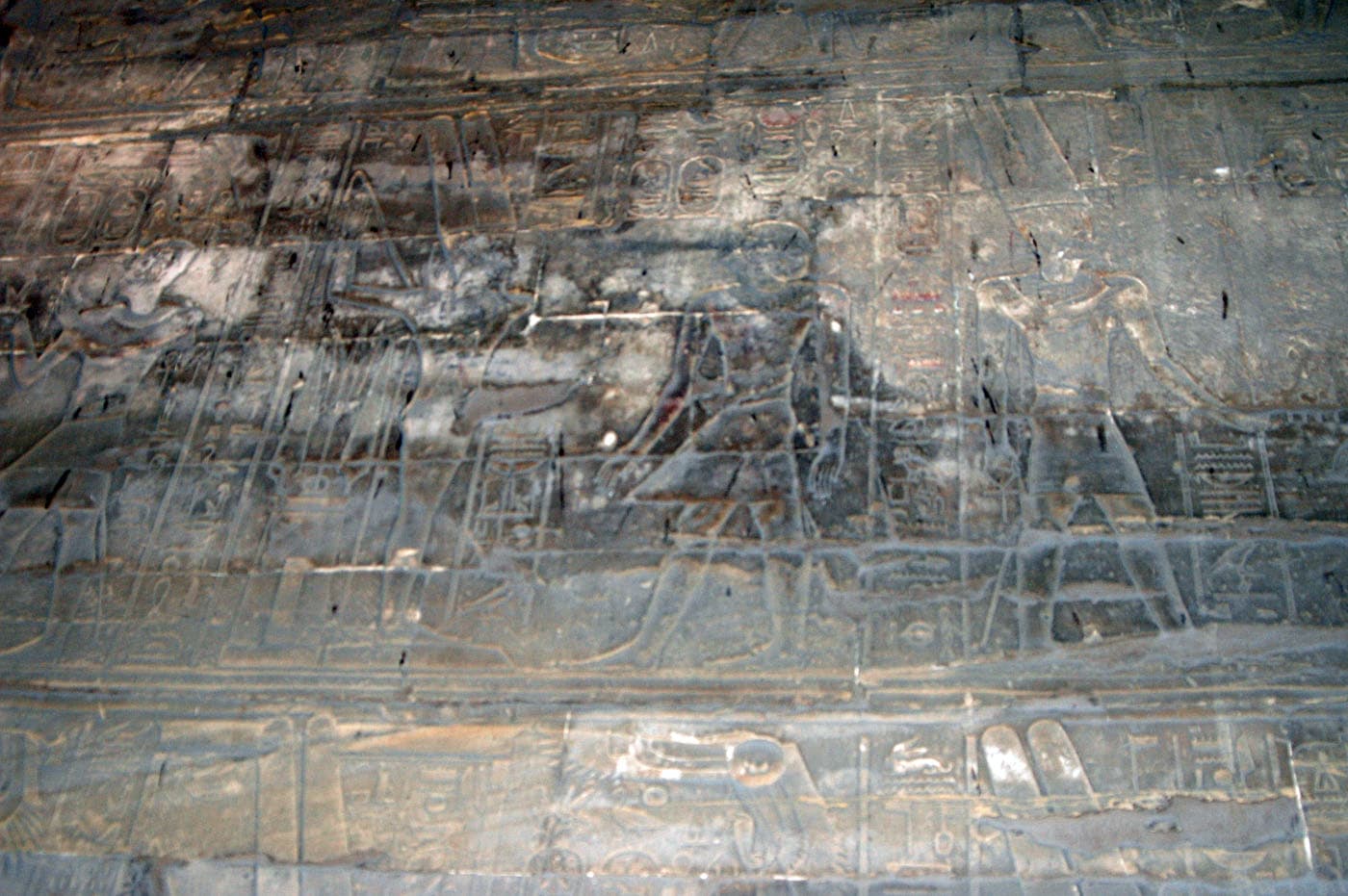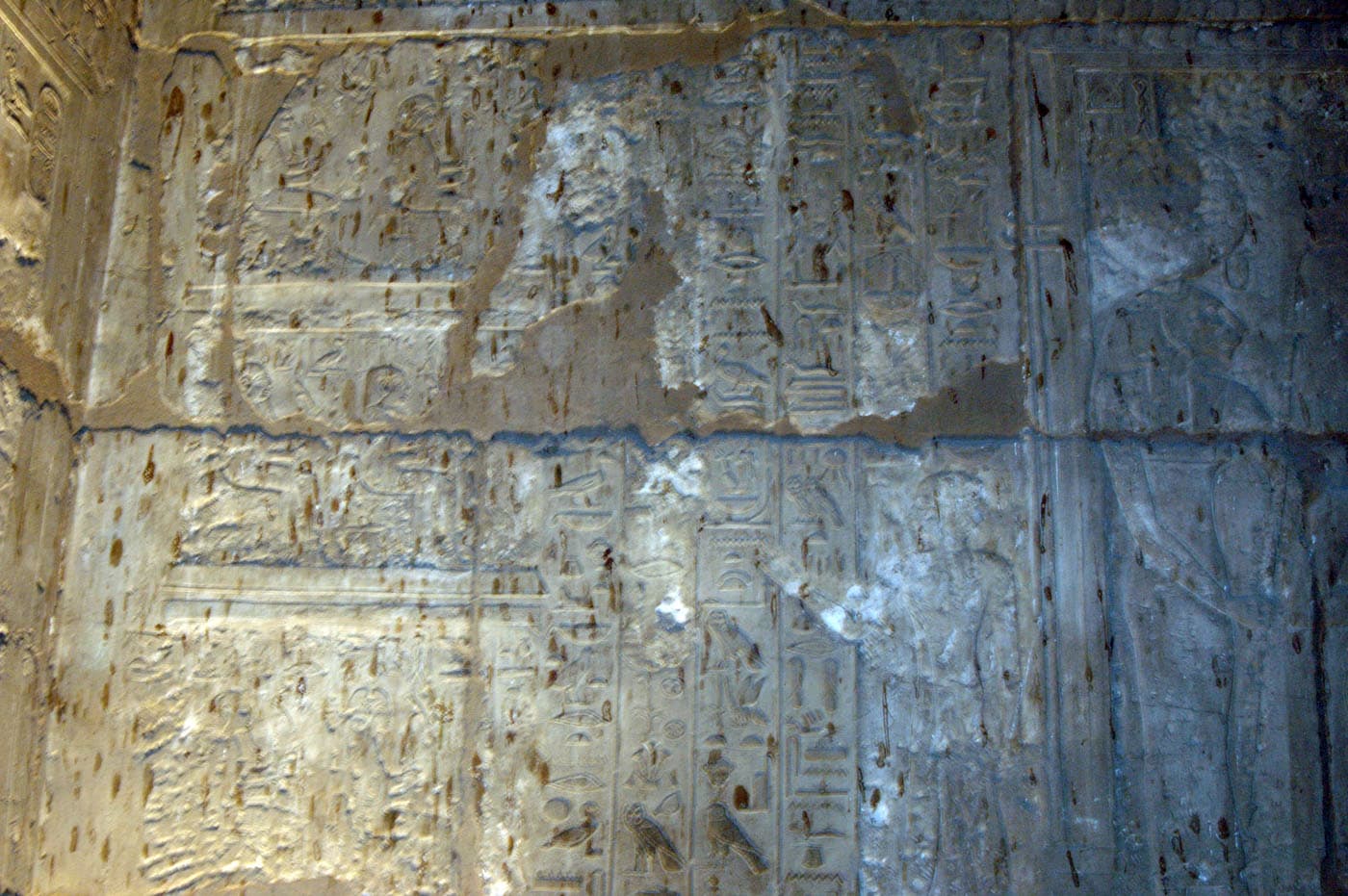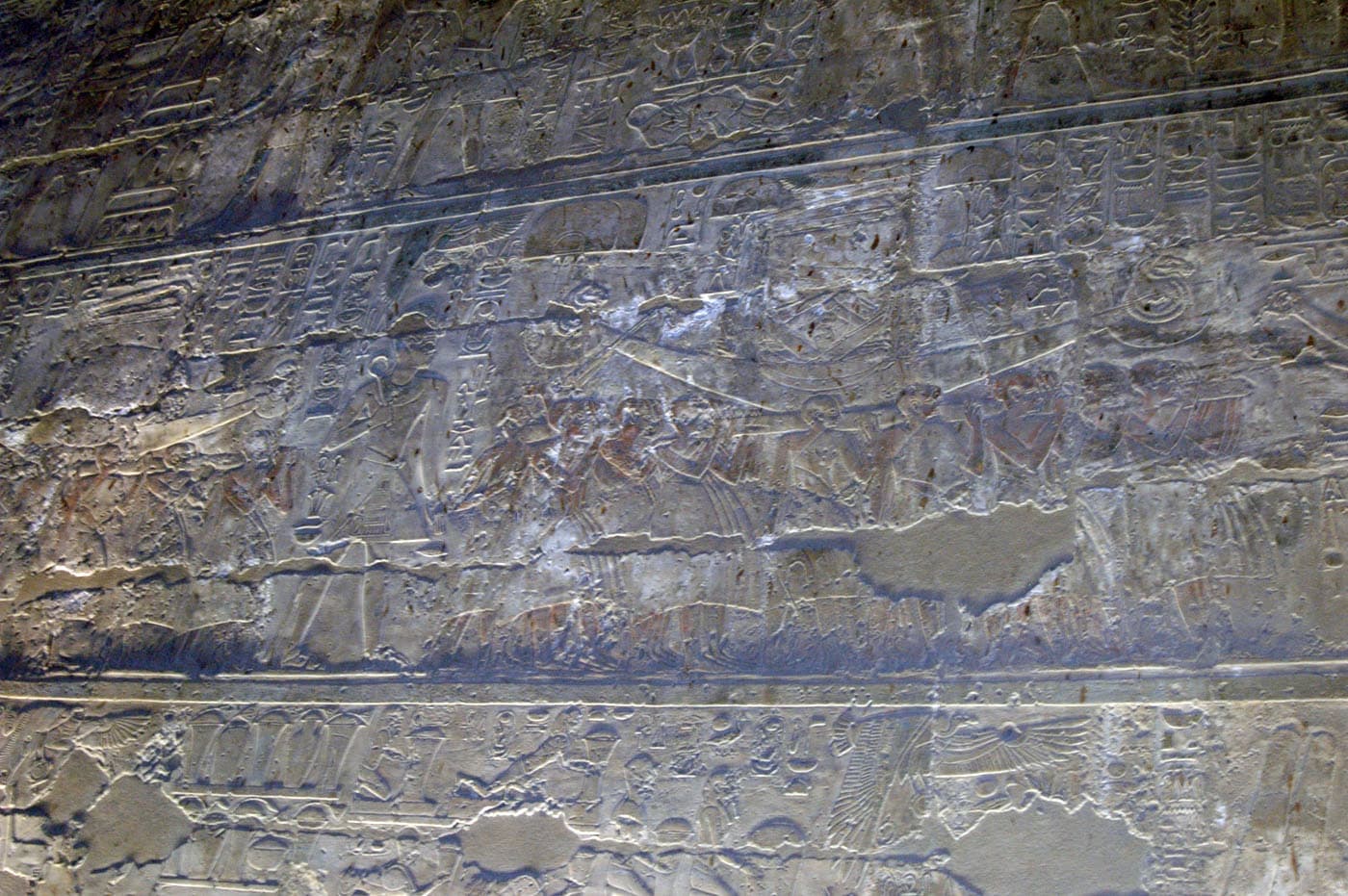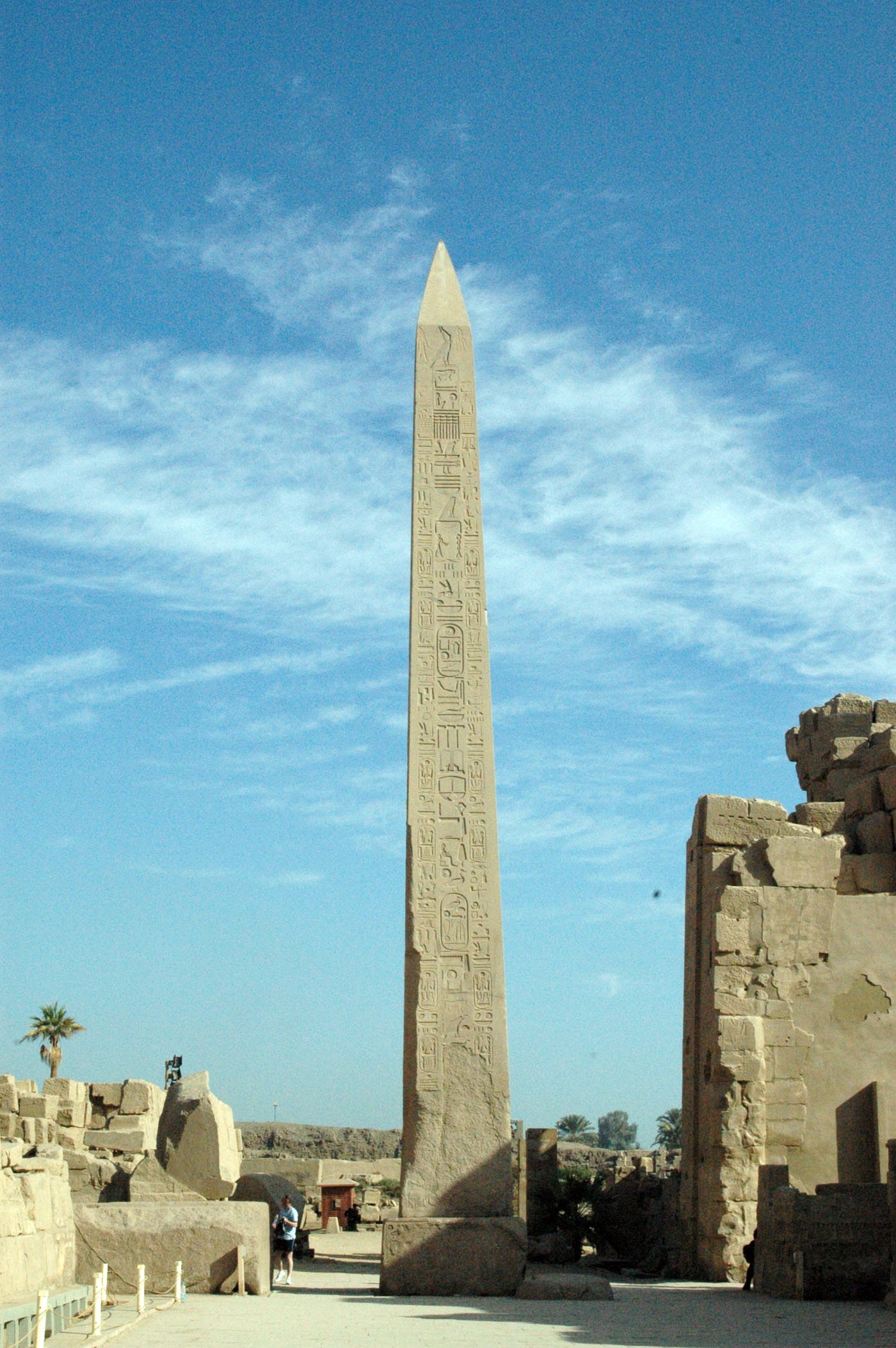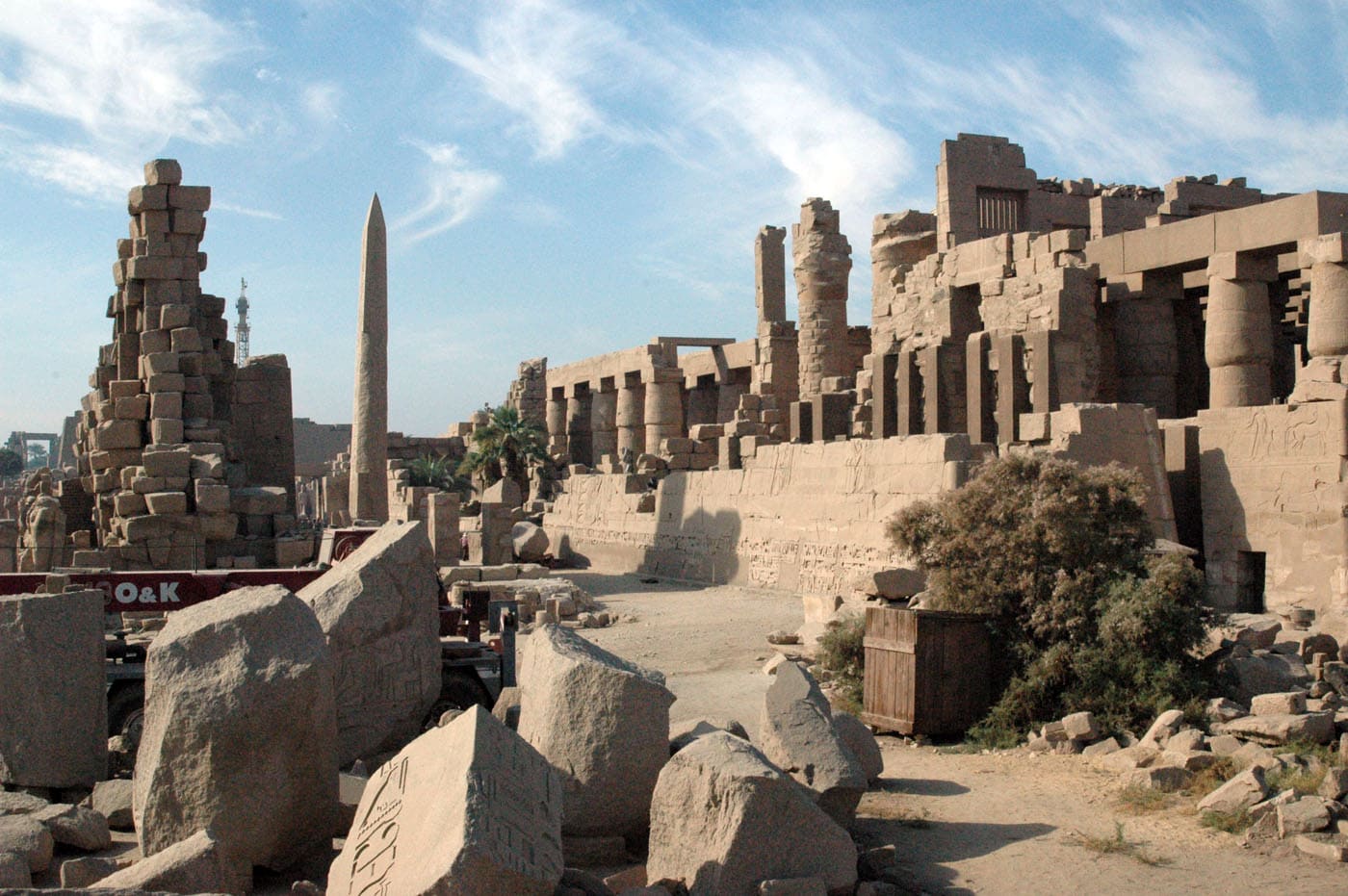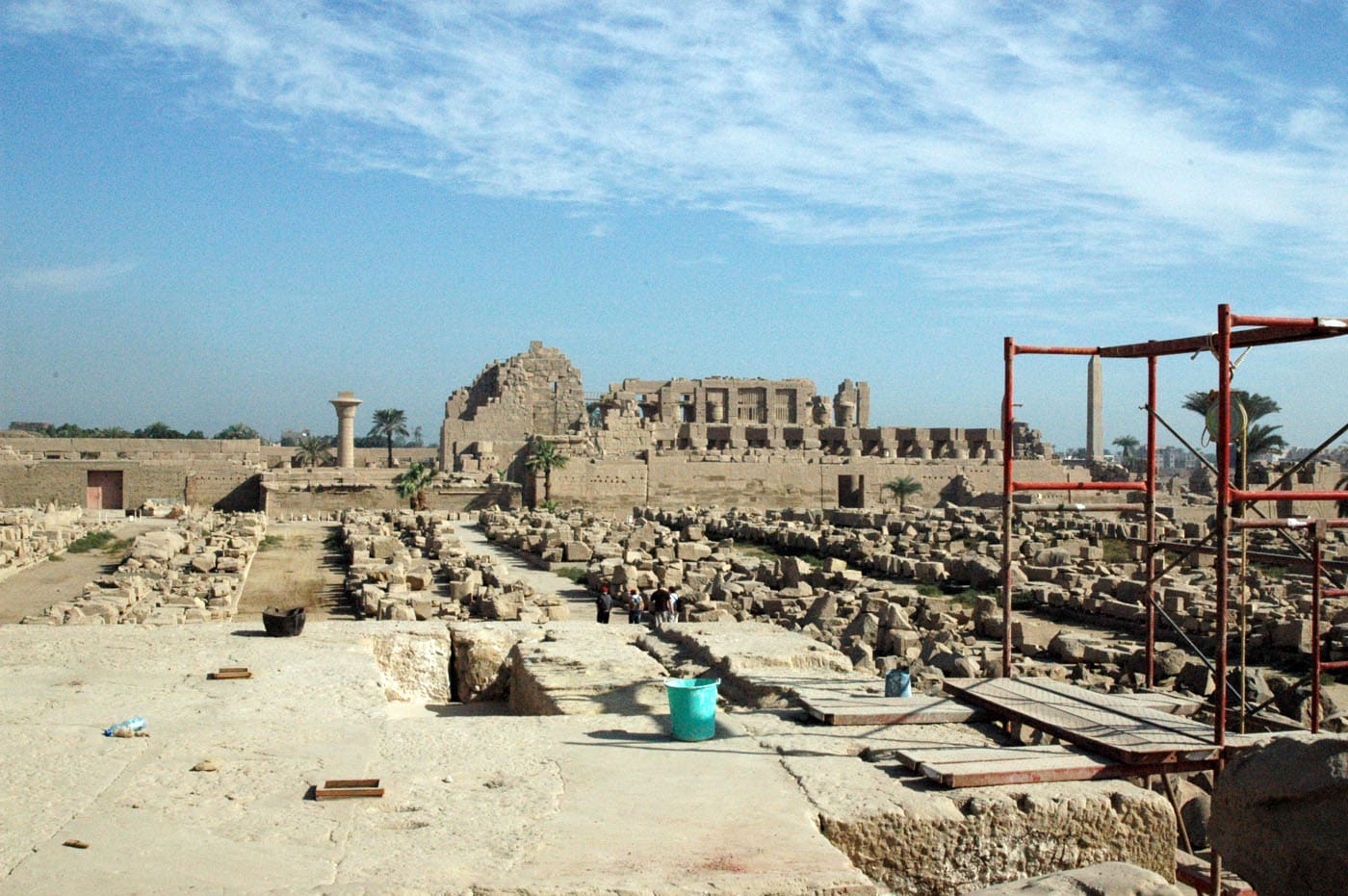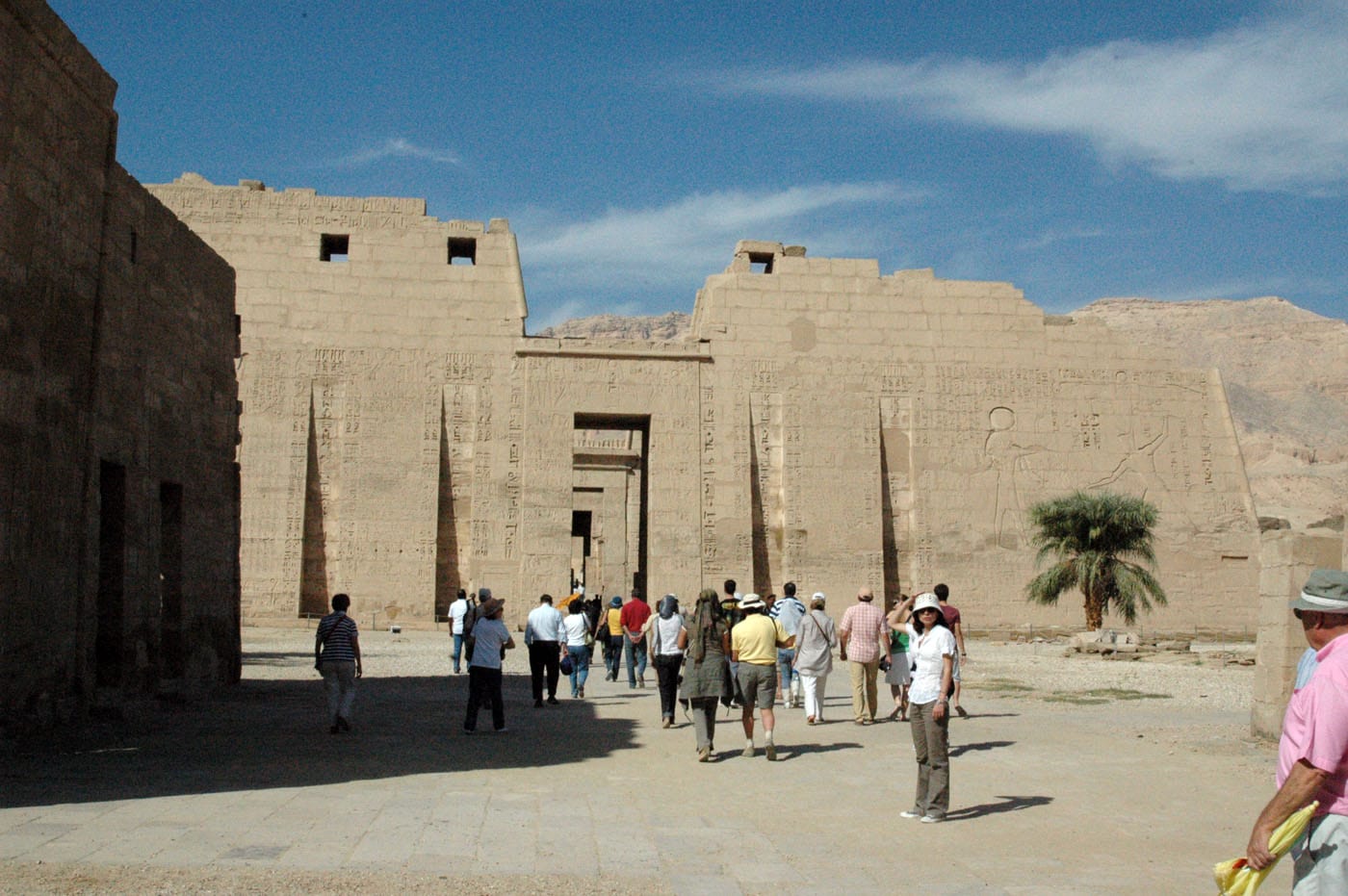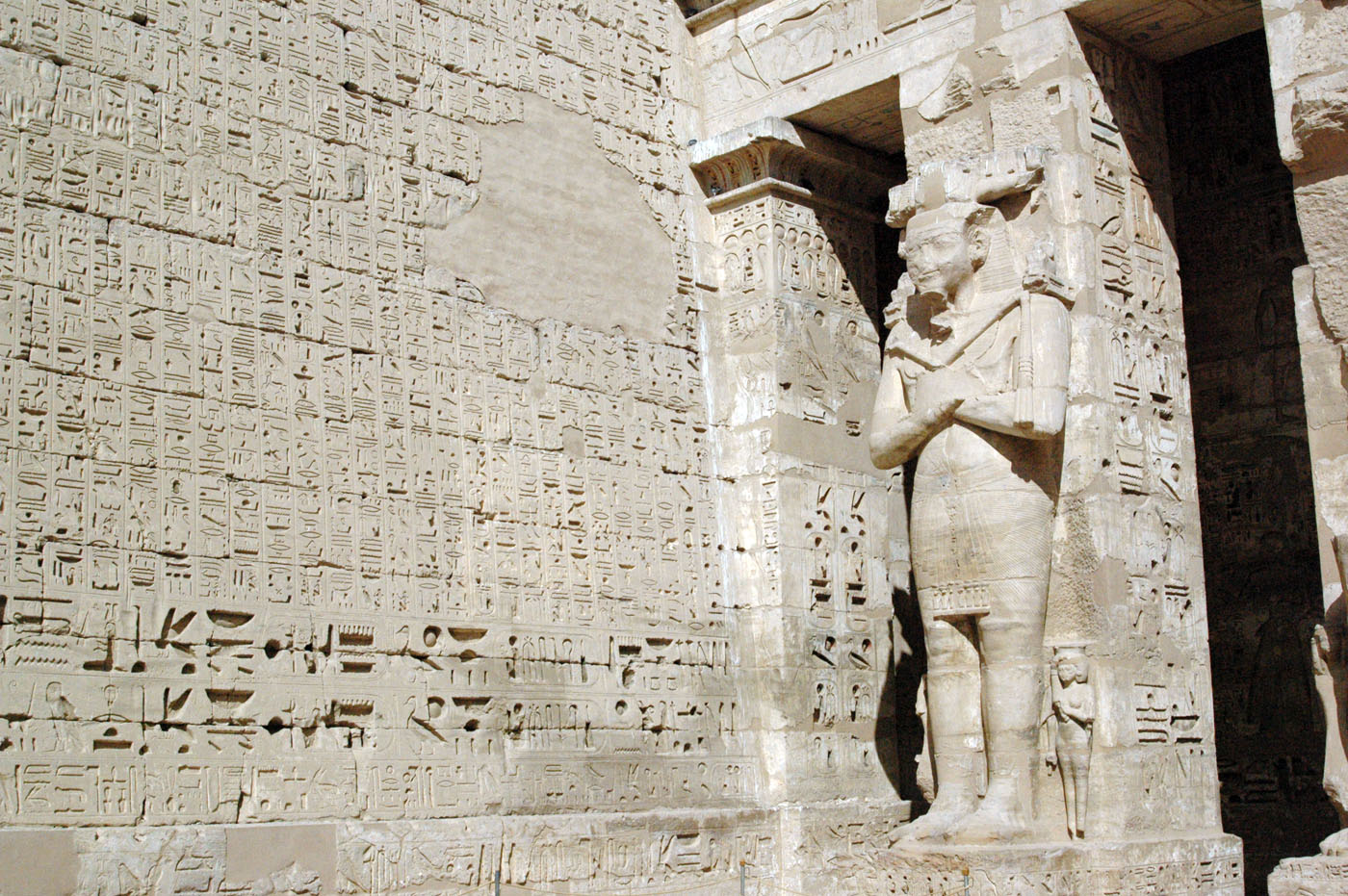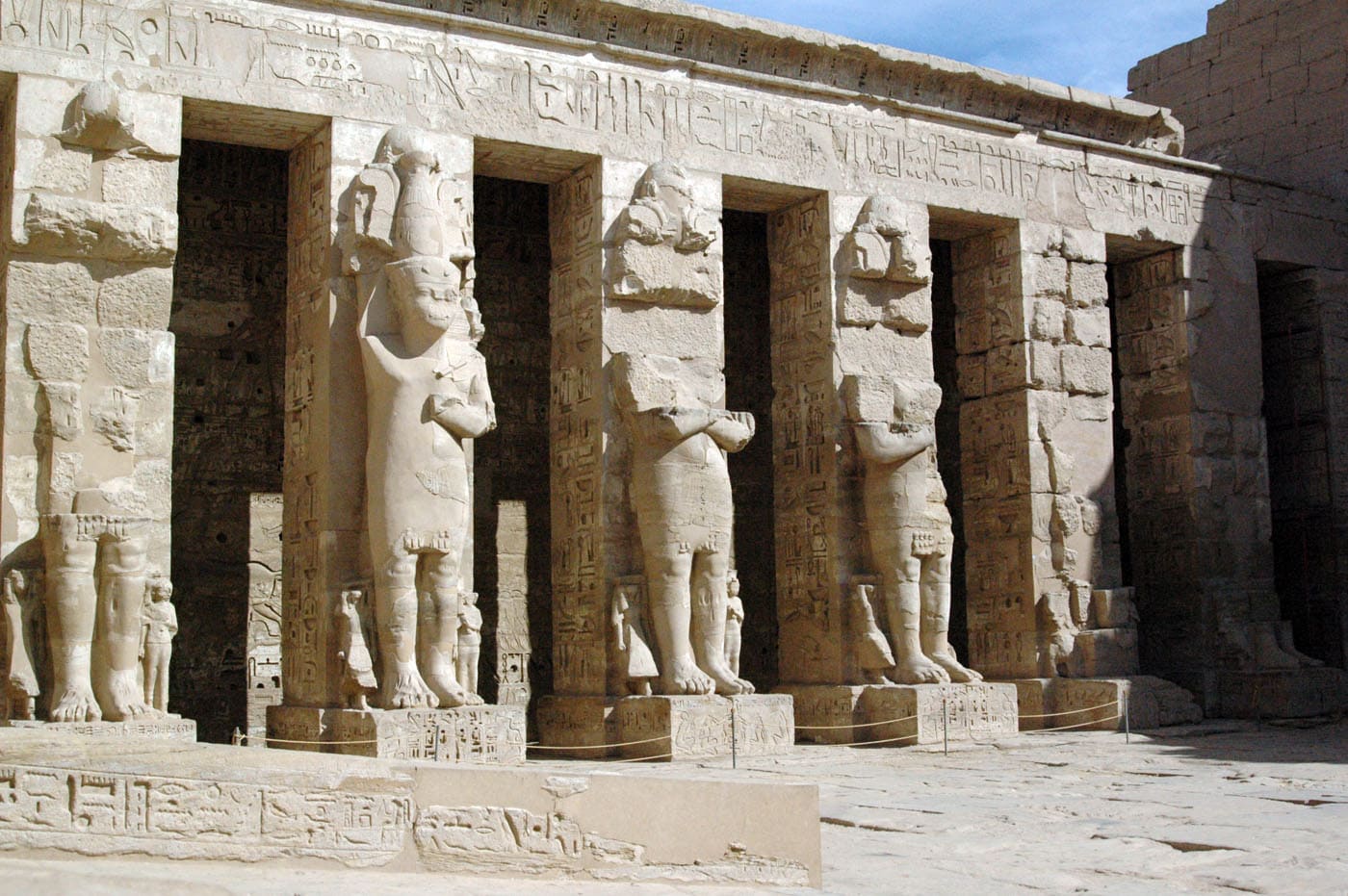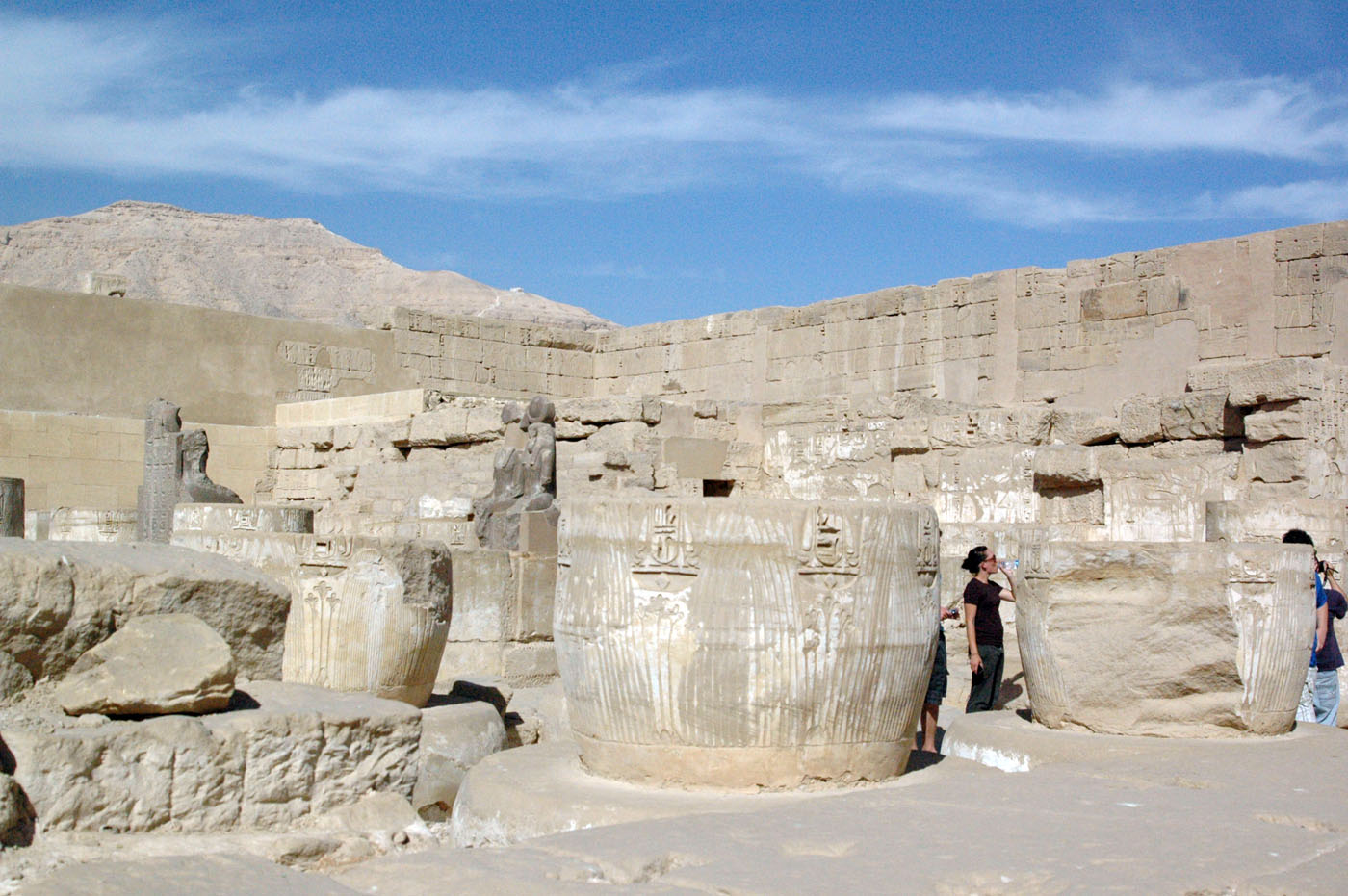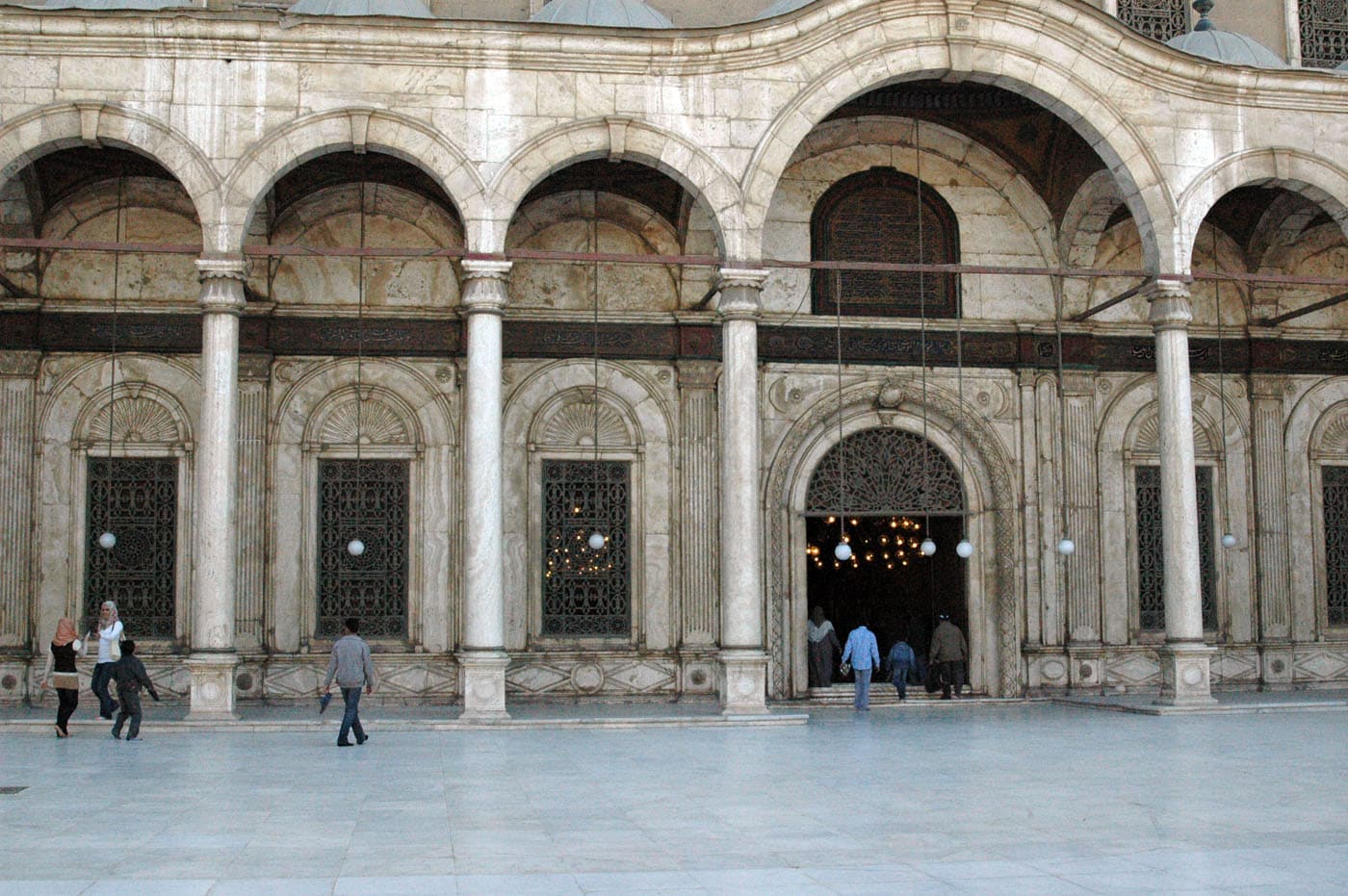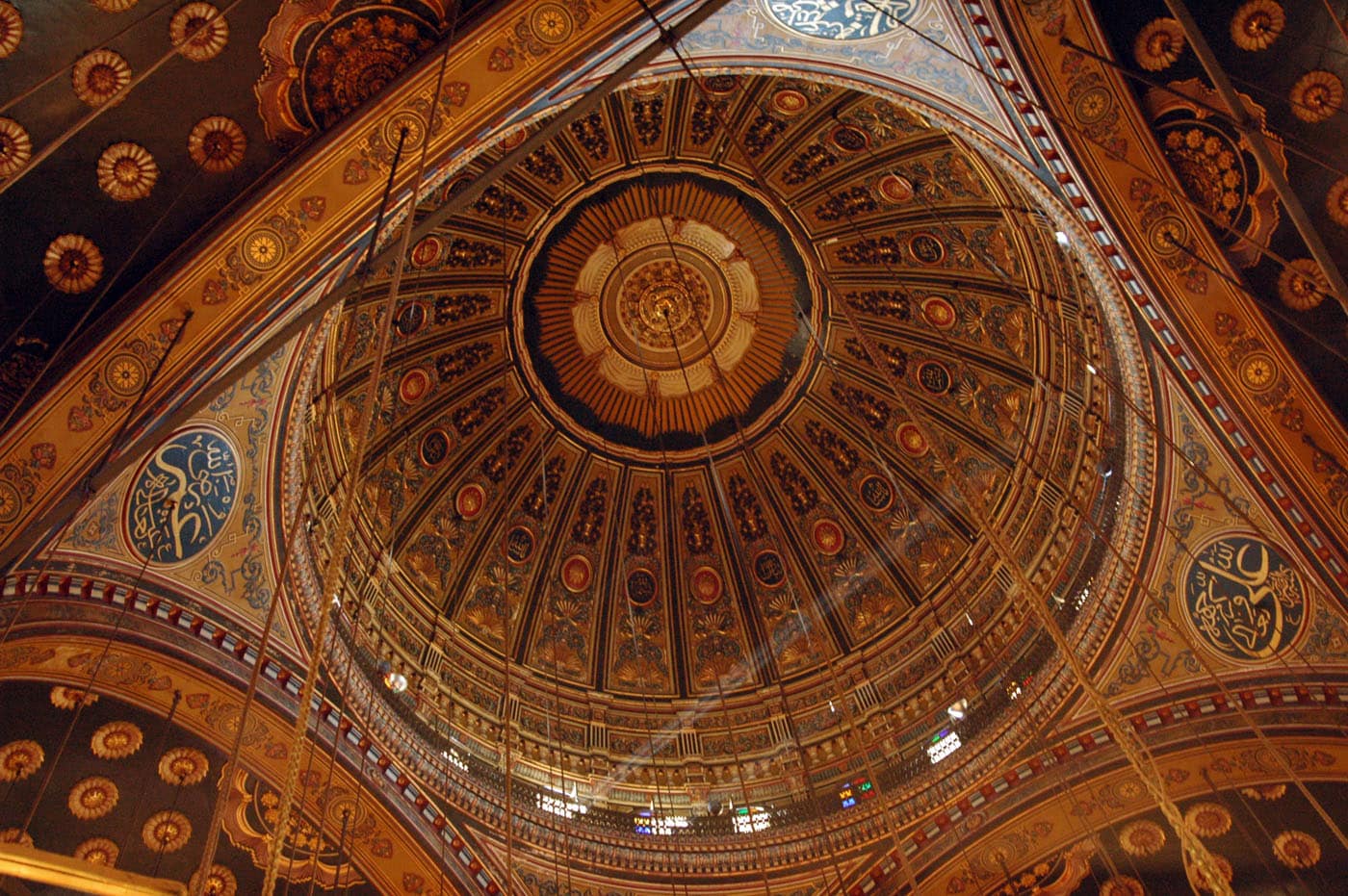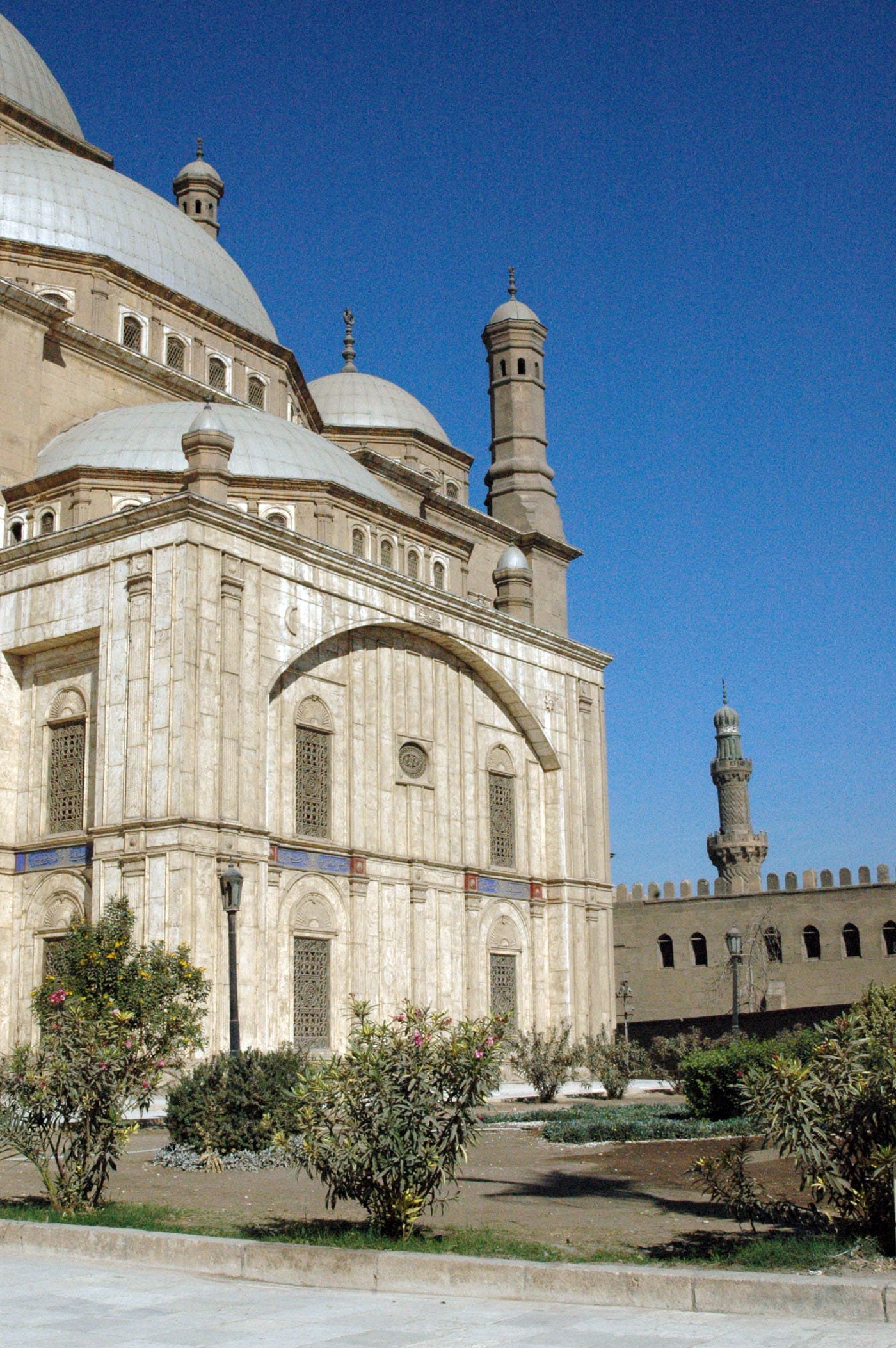The Ruins of the Ancient Egypt Civilization
The earliest nation
Egypt existed from c. 8000 BCE to c. 30 BCE as an independent nation, relying on its emphasis on the grandeur of the human experience. Their great monuments, tombs, temples, and art work all celebrate human life and stand as reminders of what human beings are capable of achieving. The Ancient #Egyptian civilization produced the first government to rule an entire nation, covered an entire country thousands of square miles in size and with millions of inhabitants. Instead, contemporary societies developed to the same level, as the Sumerians, lived in small city-states of a few tens of thousand people.
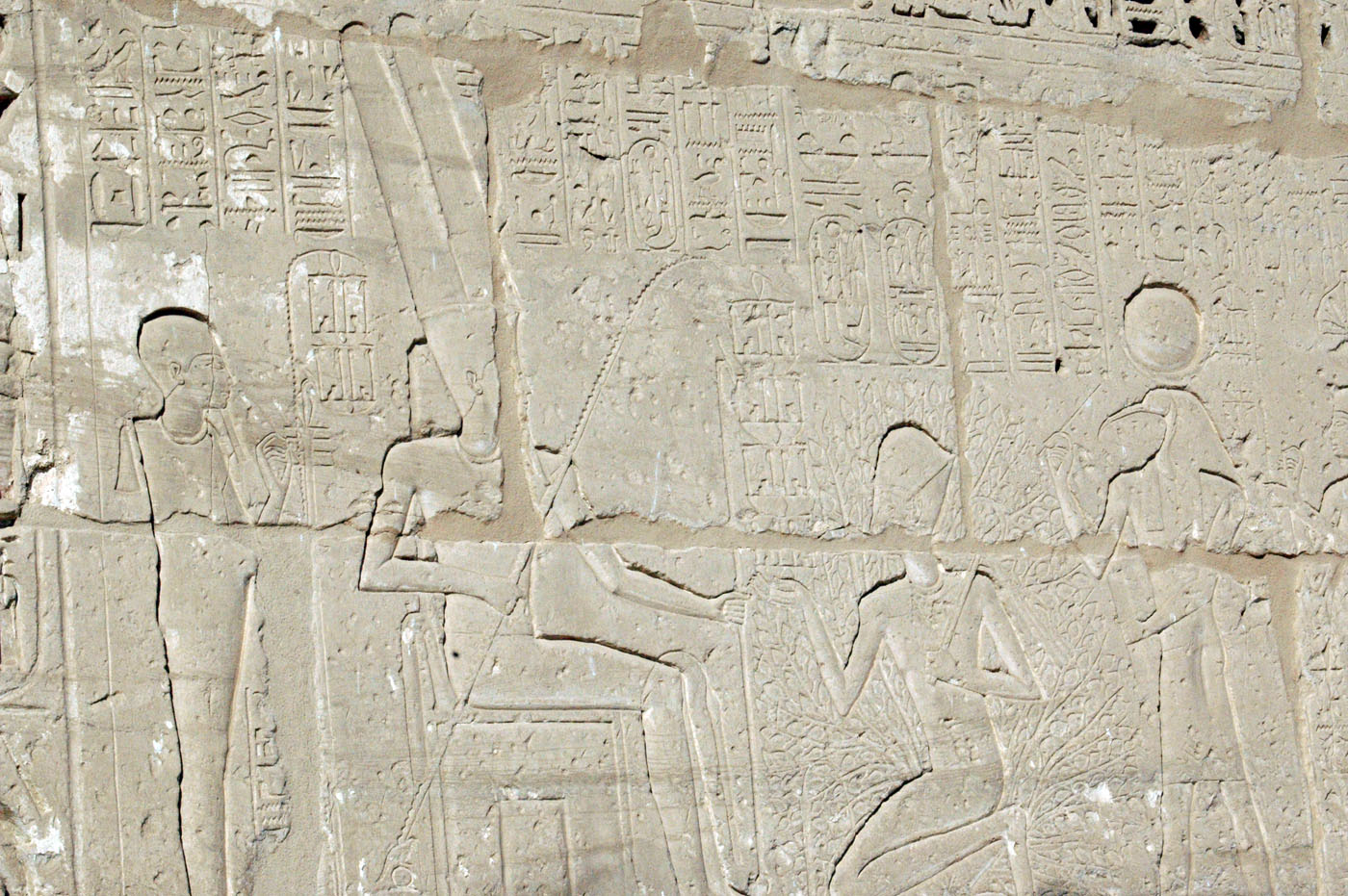
The #Pharaoh was the political and religious ruler; as such, he was named the ‘Lord of the Two Lands’ and the ‘High Priest of Every Temple’. Egypt was divided into nomes (administrative regions) governed by a nomarch through an elaborate organization of officials, scribes and overseers. From the Pre-Dynastic Period (c. 6000-c.3150 BCE) a belief in the gods defined the Egyptian culture. The god Atum spoke creation into existence determining the end of chaos. Atum was accompanied by the god #Heka (magic) and other spiritual forces of which Heka was the primal force causing all things to operate as they did; it also allowed for the central value of the Egyptian culture: ma’at, harmony and balance. All of the gods and all of their responsibilties went back to ma’at and heka. The principals gods worshipped by ancient Egyptians were Ra (the sun god), Isis (the goddess of nature), Horus (the god of war), and Osiris (the god of the dead). However, the rise and fall of deities mirrored the political fortunes of the different temples and priesthoods. For example, when the rulers of Thebes became kings of all Egypt, and founded the New Kingdom, its local god Amun became the chief god, and was united with Ra to become Amun-Ra. Temples were used as places of worship and also as granaries and treasuries where grain and goods were stored; however, the place where the god’s image was located was not accessible from the outside world. In early times, the afterlife seems to have been intimately connected to the preservation of the physical body by #mummification. However, the idea grew up that human beings are composed of both physical and spiritual aspects. Some people become disembodied souls, or ghosts, wandering the earth; but if judged worthy, a person could become a “blessed one”, living in a land of goodness and plenty.
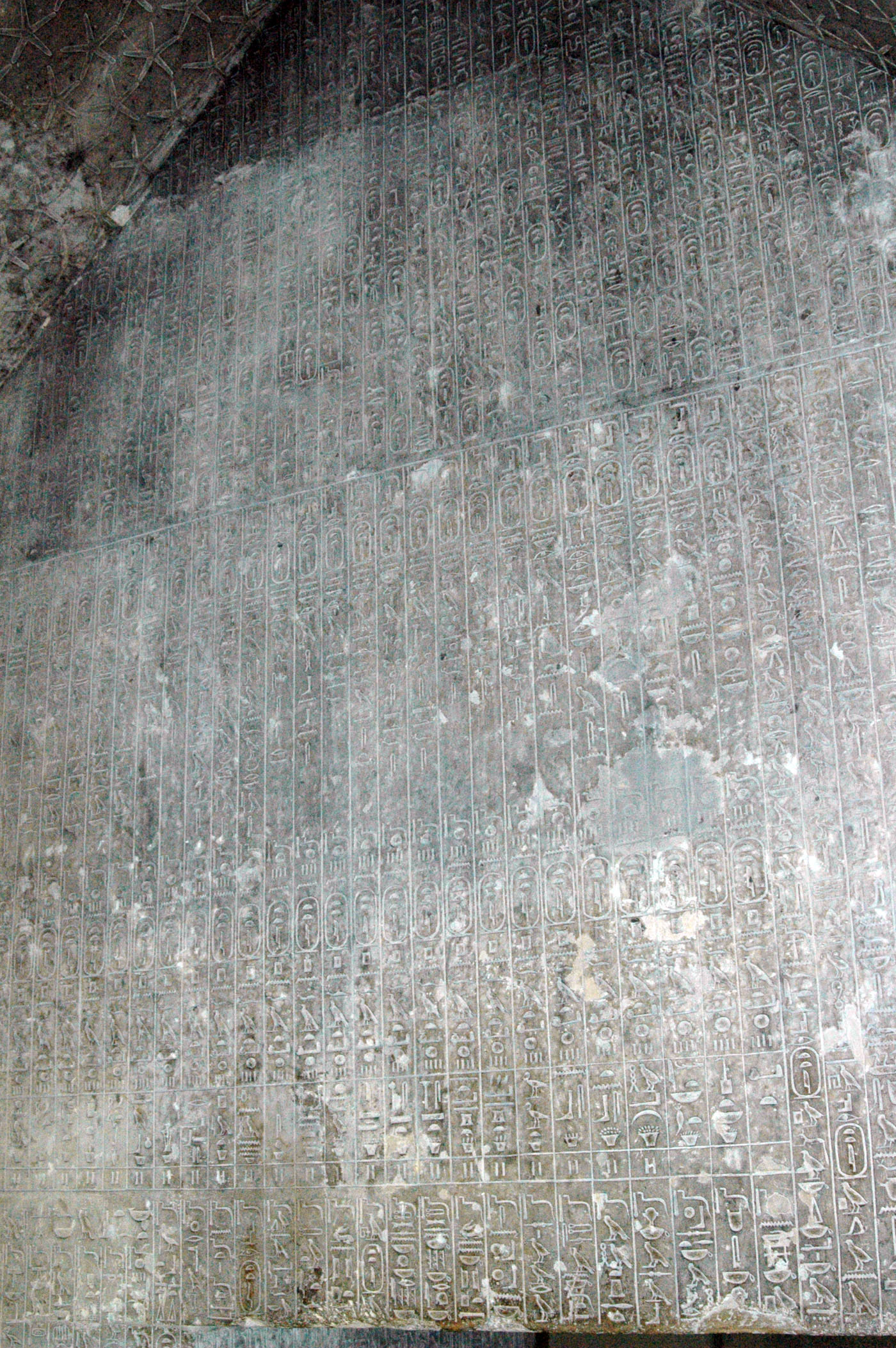
Egyptian #hieroglyphic literature is found since 3000 BC on public monuments, and the walls of temples and tombs, and consists of records of the deeds of gods and men, as well as poetry. Love poetry, hymns, proverbs, spells and curses, instructional and medical texts, and myths and legends, are found in hieratic, and later demotic scripts. Hieroglyphics represent a word, a sound, or a silent determinative; and the same symbol can serve different purposes in different contexts. Egyptian hieroglyphic writing is composed of hundreds of symbols, which could be read in rows or columns, and in either direction. However, scribes used another kind of writing, called hieratic (a cursive script) quicker and easier to use. Hieratic writing was always written from right to left, usually in horizontal rows. Later, around 500 BCE, and therefore towards the end of Ancient Egyptian civilization, a new form of writing, Demotic, came into widespread use. This was a phonetic, semi-alphabetical script, which began life as the transcription of everyday spoken language, but over time developed into the language of literature, high culture and religion.
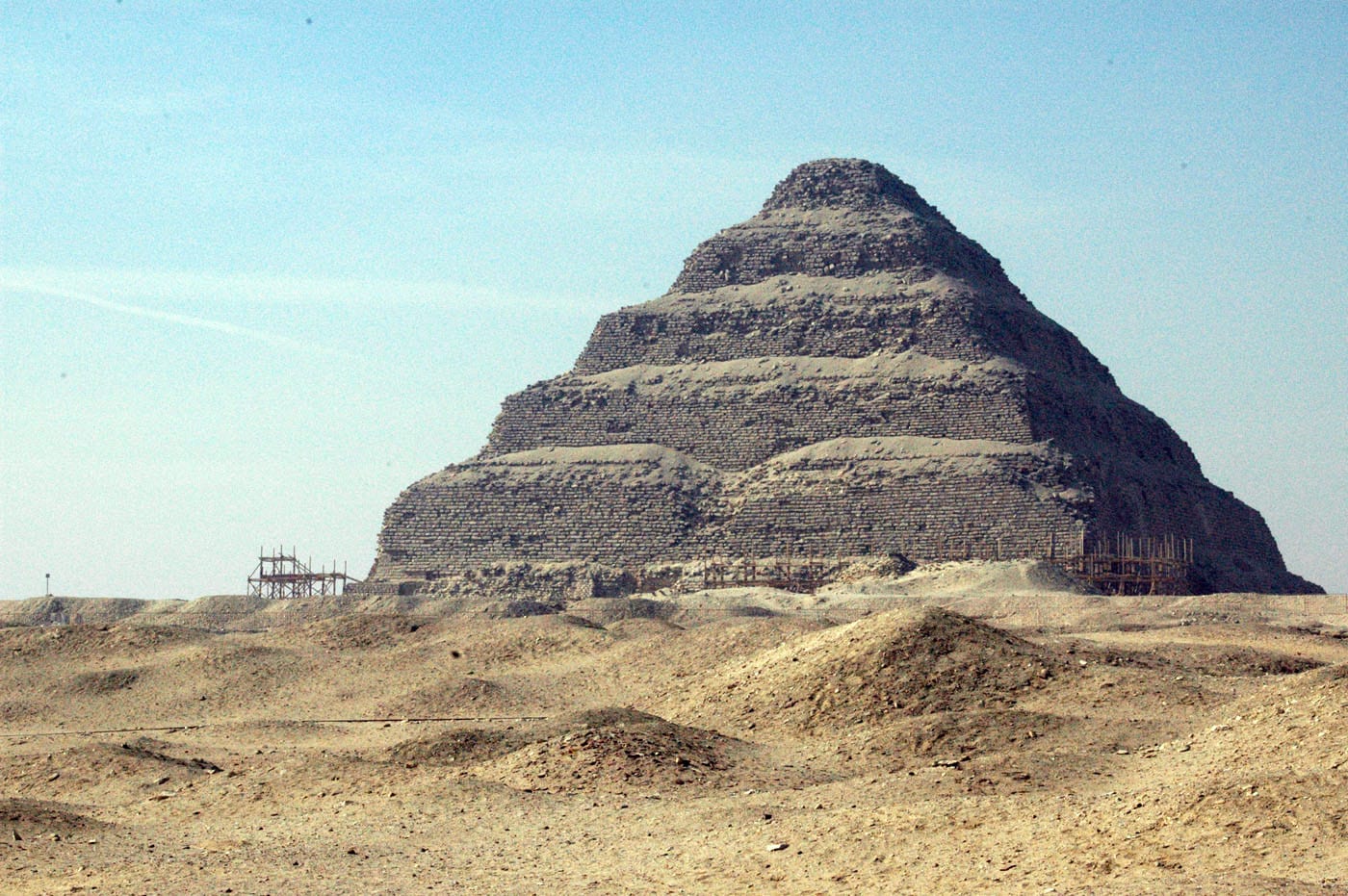
The king Djoser, who reigned c. 2670 BCE, built the first Step Pyramid at Saqqara c. 2670, designed by his chief architect and physician Imhotep (c. 2667-2600 BCE) who also wrote one of the first medical texts describing the treatment of over 200 different diseases and arguing that the cause of disease could be natural, not the will of the gods. Prior to Djoser’s reign, mastaba tombs were the customary form for graves: rectangular monuments made of dried clay brick which covered underground passages where the deceased was entombed. The early mastabas had been decorated with inscriptions and engravings of reeds and Imhotep wanted to continue that tradition. His great, towering mastaba pyramid would have the same delicate touches and resonant symbolism as the more modest tombs which had preceded it and, better yet, these would all be worked in stone instead of dried mud. When completed, the Step Pyramid rose 204 feet (62 meters) high and was the tallest structure of its time. The surrounding complex included a temple, courtyards, shrines, and living quarters for the priests covering an area of 40 acres (16 hectares) and surrounded by a wall 30 feet (10.5 meters) high. The wall had 13 false doors cut into it with only one true entrance cut in the south-east corner; the entire wall was then ringed by a trench 2,460 feet (750 meters) long and 131 feet (40 meters) wide. The false doors and the trench were incorporated into the complex to discourage unwanted guests. The actual chambers of the tomb, where the king’s body was laid to rest, were dug beneath the base of the pyramid as a maze of tunnels with rooms off the corridors to discourage robbers and protect the body and grave goods of the king. Djoser’s burial chamber was carved of granite and, to reach it, one had to navigate the corridors which were filled with thousands of stone vessels inscribed with the names of earlier kings. The other chambers in the subterranean complex were for ceremonial purposes. A September 2014 article by Beverley Mitchell for the on-line magazine Inhabitat notes the chambers beneath the monument are still in danger of collapsing and the complex surrounding the monument is unstable.
Another pyramid found in Saqqara is the Pyramid of Userkaf, built between 2494–2487 BC under the Fifth Dynasty Pharaoh Userkaf. The structure differed from the Fourth Dynasty pyramids, and inspired the later Fifth Dynasty pyramids. It did retain the traditional high wall around the complex and the causeway linking one tomb to the main pyramid. However, it also introduced new ideas like a north-south axis orientation and the inclusion of a small chapel outside, rather than inside, the pyramid. More than 1,500 years after construction, the Pyramid of Userkaf was restored and used by Rameses II as a cemetery.
The Giza Pyramids, built to endure an eternity, have done just that. The monumental tombs are relics of the Old Kingdom era and were constructed some 4,500 years ago. Pharaoh Khufu began the first Giza pyramid project, circa 2550 B.C. His Great Pyramid is the largest in Giza and towers some 481 feet (147 meters) above the plateau. Its estimated 2.3 million stone blocks each weigh an average of 2.5 to 15 tons.
The Temple of Luxor is situated on the east bank of the River Nile in what was known as Thebes; Pharaohs began building at Luxor before the New Kingdom Period. The temple is dedicated to Amun, Mut, and Khonsu and hosted the annual Opet Festival during which the statues of the deities travelled from Karnak to Luxor. As a result, the temple is not aligned to the river but to the temple complex at Karnak. In ancient times, the temple was approached by a long avenue, which connected Karnak and Luxor temples, leading to the first pylon. The entrance to the temple itself is known as the first pylon. It was built by Ramesses II and was decorated with scenes of his military expeditions, in particular his triumph at the battle of Kadesh. Beyond the first pylon Ramesses II built a peristyle courtyard composed of a colonnade including a number of colossal statues of Amenhotep III which were usurped by Ramesses II.
The Karnak Temple complex is about 1.5km from Thebes and the temple of Luxor, it was a religious center for Egypt and was the seat of the cult of Amun/Amun-Ra. Construction started 4,000 years ago and continued until the time the Romans took control of Egypt, about 2,000 years ago. The mortuary temples of the pharaohs and the Valleys of the Kings and Queens are on the Nile’s West bank across from Thebes.
The Valley of the Kings lies on the Nile’s west bank near Luxor where the kings of the New Kingdom (c. 1539–1075 BCE), fearing for the safety of their rich burials, concealed the tombs for pharaohs such as Tutankhamun, Seti I, and Ramses II, as well as queens, high priests, and other elites of the 18th, 19th, and 20th dynasties. Although they were designed for the performance of rites connected with the mortuary cult of the builder, they were all dedicated to Amon, the supreme god of Thebes, and had the character and essential form of a New Kingdom temple. The plan of the tombs varies considerably but consists essentially of a descending corridor interrupted by deep shafts to baffle robbers and by pillared chambers or vestibules. At the farther end of the corridor is a burial chamber with a stone sarcophagus in which the mummy was laid and store chambers around which furniture and equipment were stacked for the king’s use in the next world. The walls were in many cases covered with sculptured and painted scenes depicting the dead king in the presence of deities, especially the gods of the underworld. Virtually all the tombs in the valley were cleared out in antiquity.
After 1200 BC, the mighty Egyptian civilization lost power and entered a period of decline. Egypt was invaded successively by the Assyrians (663 BC) and the Persians (525 BC), who made Egypt a satrap (imperial province), until 332 BC when the Greeks under Alexander the Great defeated and conquered them. It was later ruled by the Romans, the Arabs, the Turks and the British. Only in the last century did Egypt once again become an independent nation.
The call to Islam resounded in Egypt with the arrival of the Arab Muslims into the Christian country in 640 A.C.; although conversion of Copts to Islam throughout the history of Egypt was a slow process. Some strains of research argue the islamization of Egypt went through stages which were different in nature and occurred at different junctures in its history. Instead, H.J.Fisher noted in his article “Conversion reconsidered” that in Black Africa the process of conversion to Islam consisted of three steps: “Quarantine”, a convert had to leave his “old community” and pass into the “new world” of his “new brothers-in-faith”; “Detachment”, in which the new and growing community of Muslims started to do things relating to their own religion in a new way; “Reform”, in which the new religious community begins to develop a separate consciousness and self-expression using new forms of religious education. Applying his theory to Egypt, the first stage is marked by the emergence of the new Arab aristocracy and the system of muwalat (in Sept. 642 A.C. when Alexandria was abandoned by the Byzantine army, the only source of resistance to the Arabs during their campaign in Egypt). The second stage begins with the fading away of the supremacy of the Arab aristocracy and goes on with the levelling of the differences in the social status between Arabs and Copts (the Tulunid dynasty in 877 A.C. lead a government independent from Baghdad; substantial Coptic communities in rural Egypt; the emergence of a new class of people, the traders). The third stage detaches itself from the second by the violent call of the mob to implement the shariah with regard to the protected people (Mamluks military caste defeated the Crusaders in 1302; shariah legalizes their actions against the Christians).
The Citadel of Saladin (Qalaʿat Salāḥ ad-Dīn) dates back to 12th century and is now a dedicated UNESCO World Heritage site. The Mosque of Muhammad Ali, commissioned between 1830 and 1848, was built to rival the Hagia Sofia in Istanbul.
It is also known as the Alabaster Mosque as the lower storey and the forecourt are tiled with alabaster up to 11,3 meters (the rest is limestone). From the grand terrace, the Mosque-Madrassa of Sultan Hassan and old Islamic Cairo is directly below, with the Nile river and Cairo on the horizon.
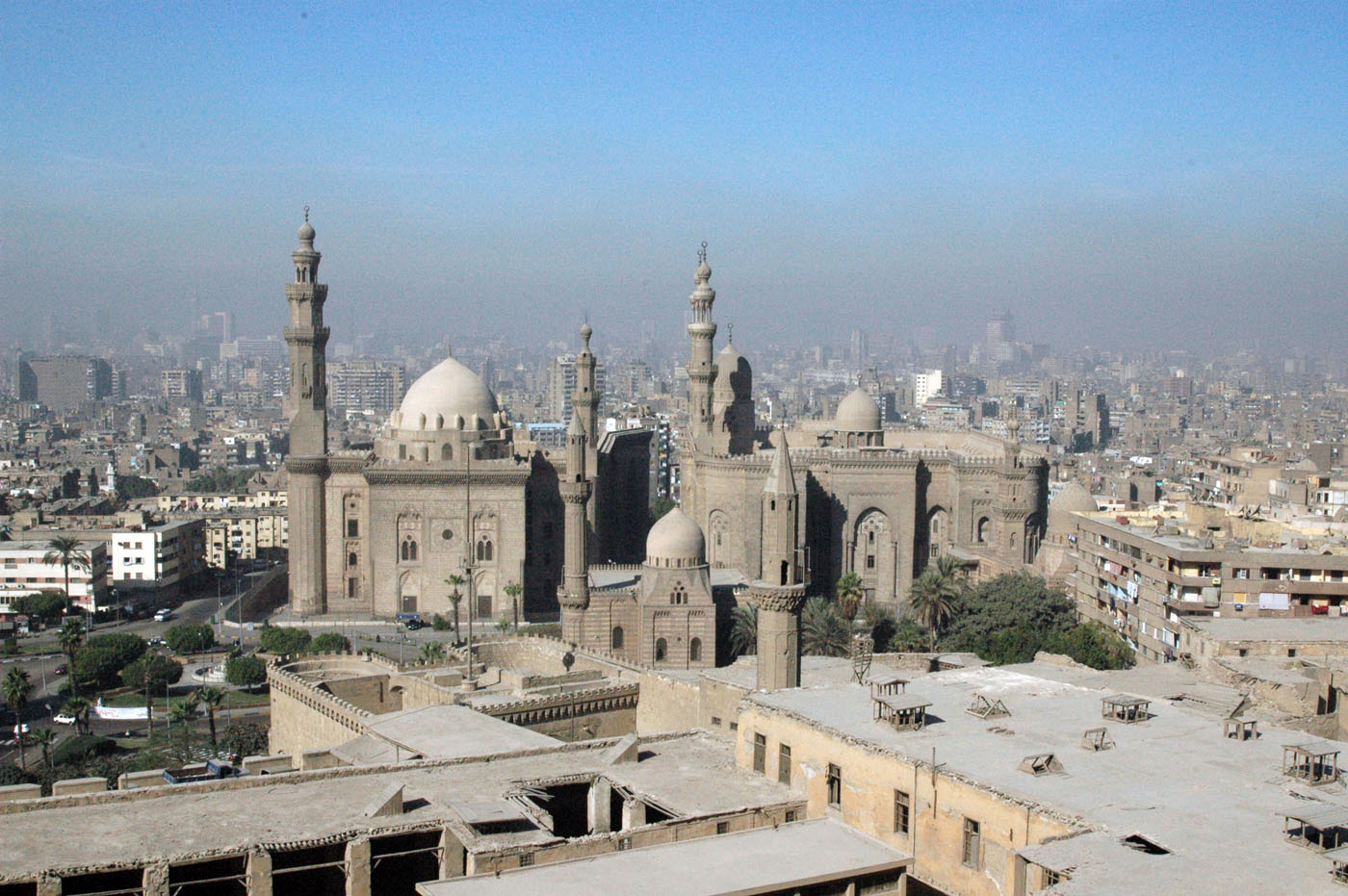
Today, Islam is practiced by 90% of #Egyptians. Most Egyptian Muslims are Sunni and follow the Maliki school of jurisprudence, though all legal schools are represented. Shi’a Muslims make up a small minority. There are a wide variety of traditions followed and perspectives represented among Egyptian Muslims, from a historically strong adherence to Sufism that continues to this day, to Salafism, to a wide spectrum of Islamist political views. The traditional Egyptian family unit consists of parents, grandparents, children, aunts, uncles, cousins, in-laws, and all sorts of people; however, today is visible a shift towards the “nuclear family” common in the west (parents and children). Women serve in all levels of Egyptian society – as doctors, lawyers, scientists, civil servants, and small business owners. In the 1950s and 1960s, it was common for many Egyptian women – particularly in Cairo, to appear in public unveiled, in western clothes. From the mid 1970s, however, Islamic dress has made a return among many younger women because such attire is thought to protect them in the workplace. The country is plagued by disputes and changes with the dictatorial government, a dispute over who controls the Nile River, and internal religious differences between the Coptic Christians and the Muslims.
References.
Ancient Egypt. Retrieved from https://www.ancient.eu/egypt/
Ancient Civilizations. Retrieved from https://ancientcivilizationsworld.com/summary/
The Karnak Temple. Retrieved from https://www.livescience.com/25184-karnak-temple.html
Islam in Egypt. Retrieved from https://www.answering-islam.org/history/islamization_egypt.html

